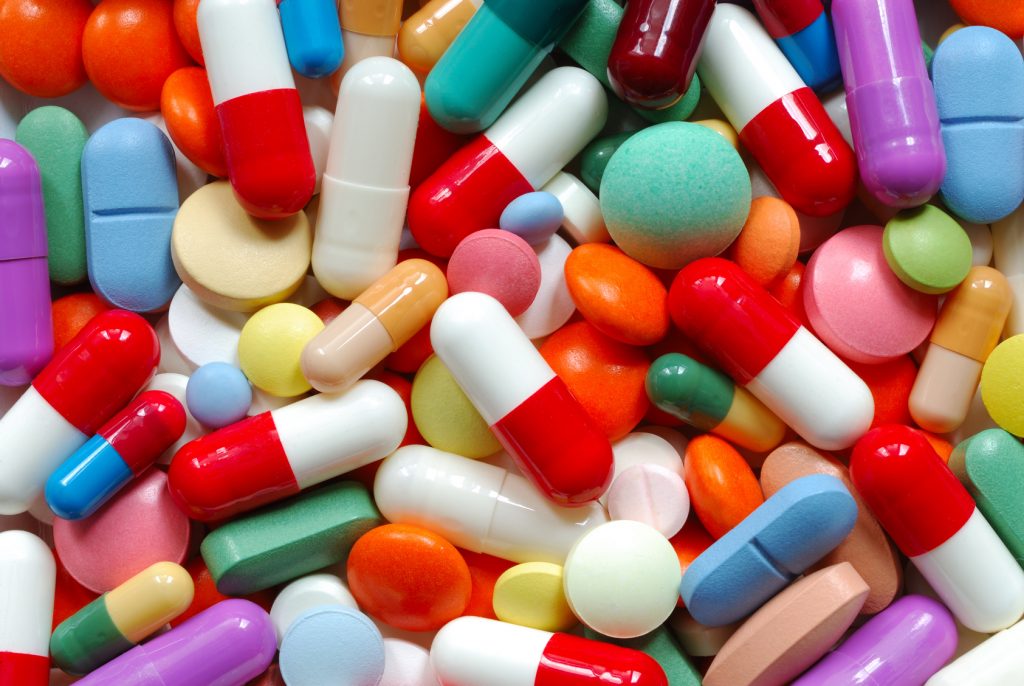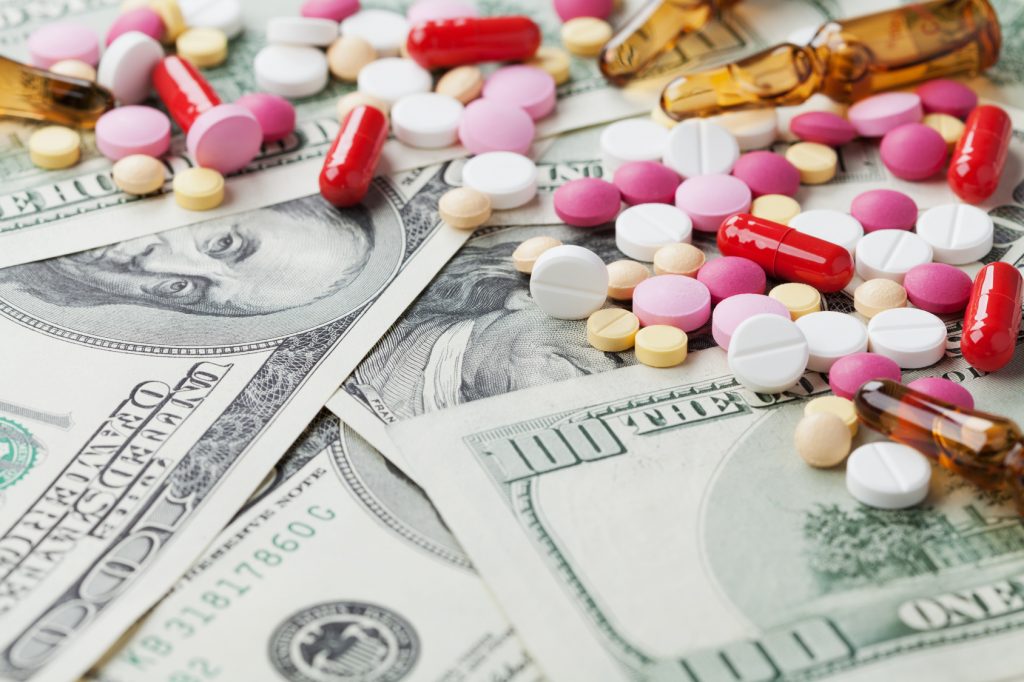generic drugs
TagDrugmakers Play The Patent Game To Lock In Prices, Block Competitors
Drug companies typically have less than 10 years of exclusive rights once a drug hits the marketplace. They can extend their monopolies by layering in secondary patents.
New Guidances Issued to Promote Generic Drug Access and Drug Price Competition
The guidances issued today by the FDA are part of a larger initiative by the administration to increase patient access to high-quality generics.


